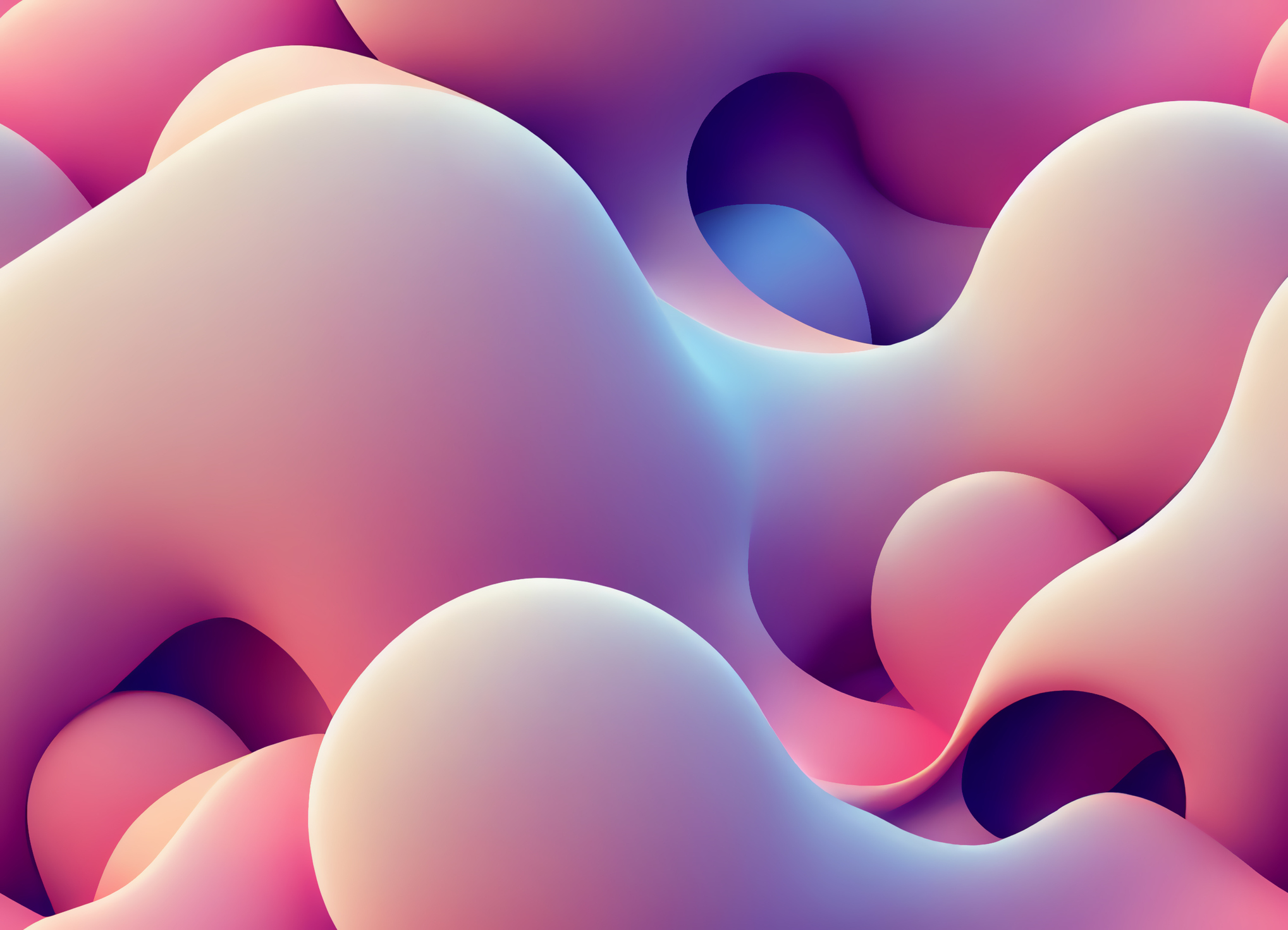Justice: AI-generated works of art cannot be protected by copyright


In the battle between artificial intelligence and the creators, humans have won a victory. A federal judge decided last week in the United States that works generated by AI cannot be protected by copyright
The decision, issued by District Judge Beryl Howell, mentions that the copyright law cannot be extended to the point of “protecting works generated by new forms of technology operating in the absence of any human action. The authorship of the work is a fundamental requirement”.
The idea that works generated by artificial intelligence do not have legal protection is good news for people working in creative fields. An illustration of this struggle is the strike organized by creative unions in Hollywood, a strike that has lasted for more than 100 days. One of the strikers’ arguments is to prevent studios from using artificial intelligence to create scripts.
Human involvement is “at the heart of copyright”
This court decision adds that human involvement is “at the heart of copyright, even if this human creativity is channeled by new tools or in new media”. The logic followed in this decision, however, predates the controversy over the place of AI in the world of creation. Almost ten years ago, an American court issued a similar decision in the case of the selfie taken by a monkey. The court had ruled that this selfie could not be copyrighted because the image had not been taken by a person.
This decision follows a lawsuit filed by computer scientist Stephen Thaler, who claimed that an image created by AI software that he had created himself should be protected by copyright. The US copyright office rejected his request, considering that “the link between the human spirit and creative expression” was a necessary element for obtaining a copyright. Mr. Thaler then filed a lawsuit to challenge this decision.
Note, however, that the American copyright office has ruled that “AI-assisted” art can be the subject of copyright if a human “has selected or arranged it in a sufficiently creative way”.
To go further on artificial intelligence in the world of creation
Source: “ZDNet.com “








